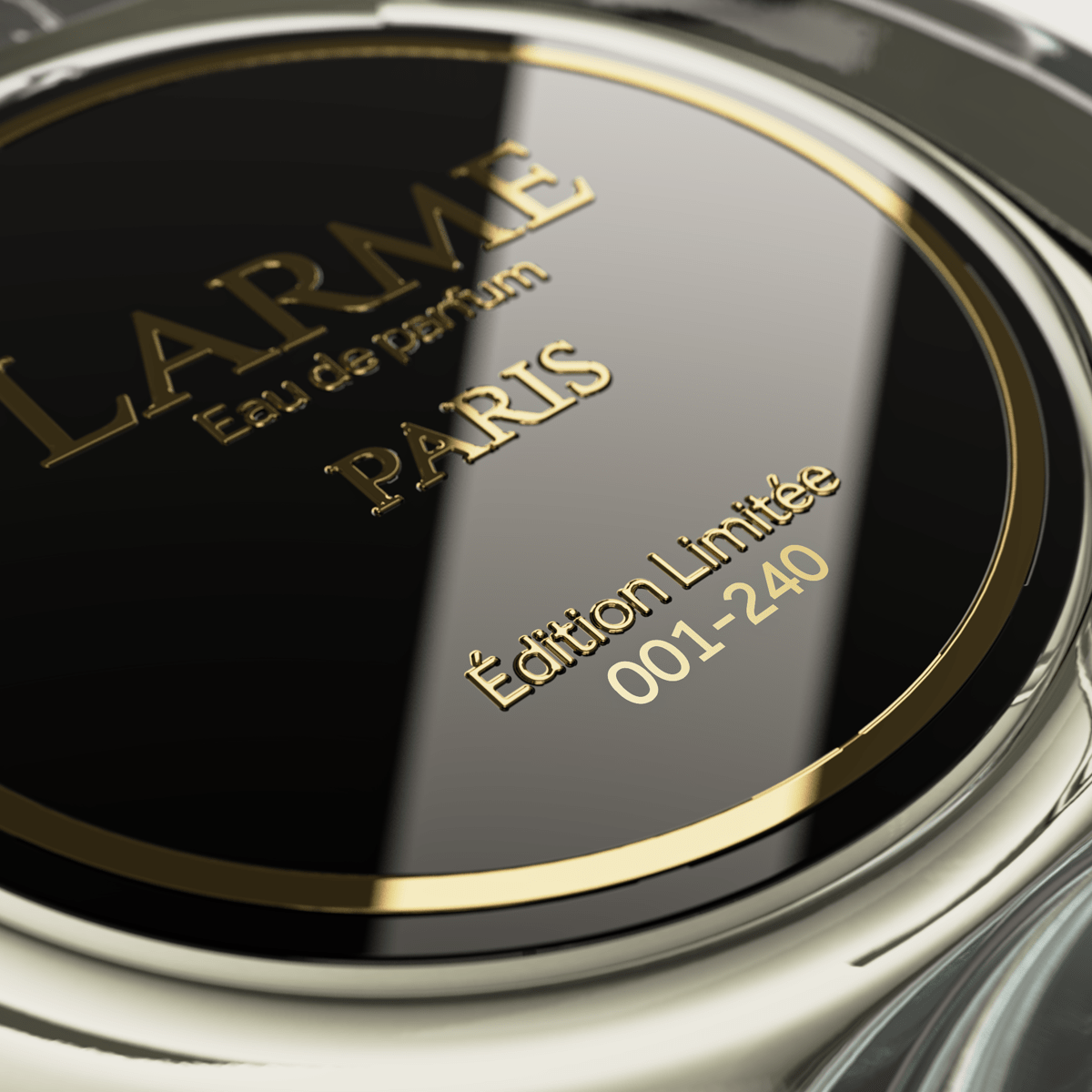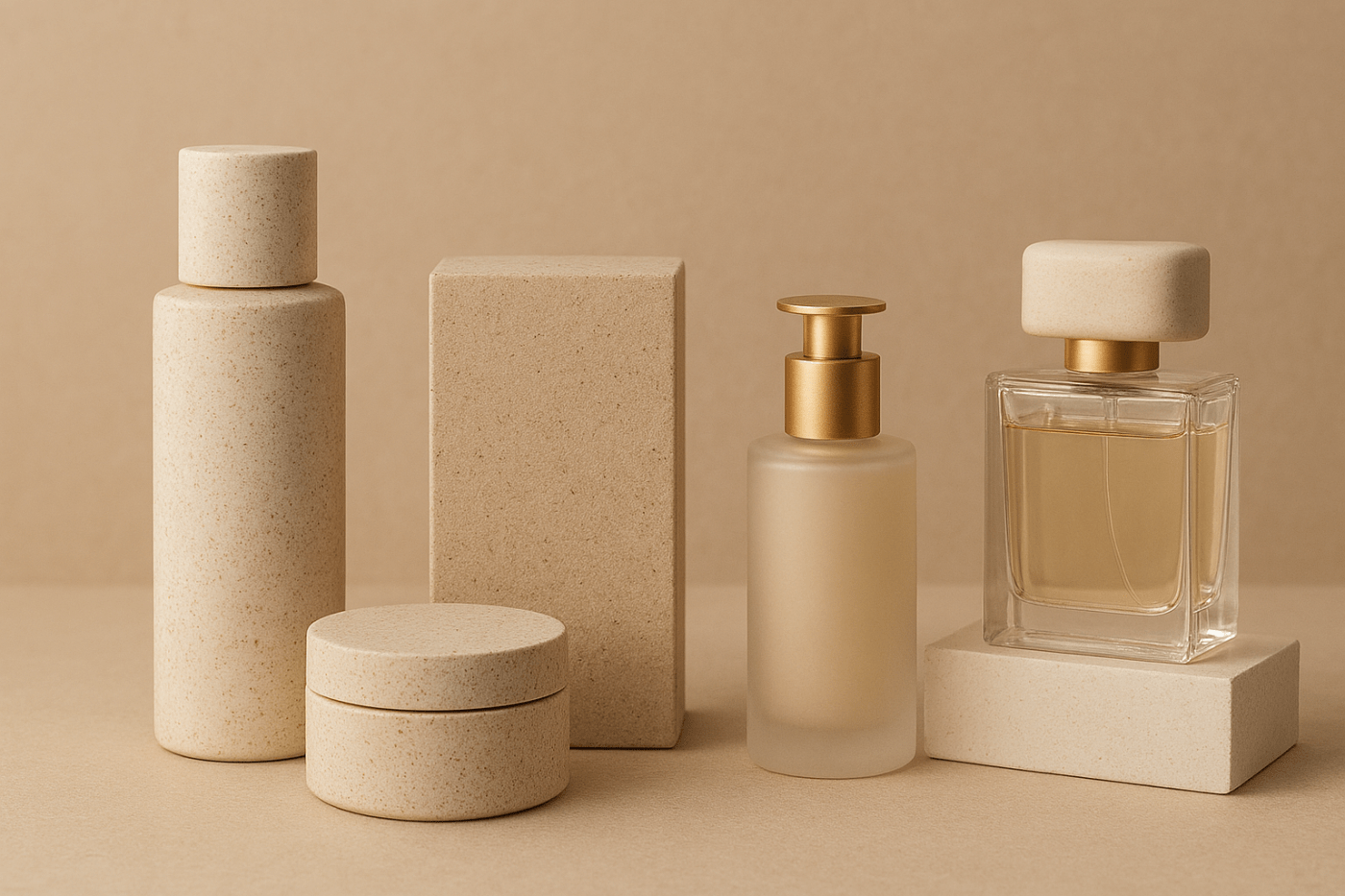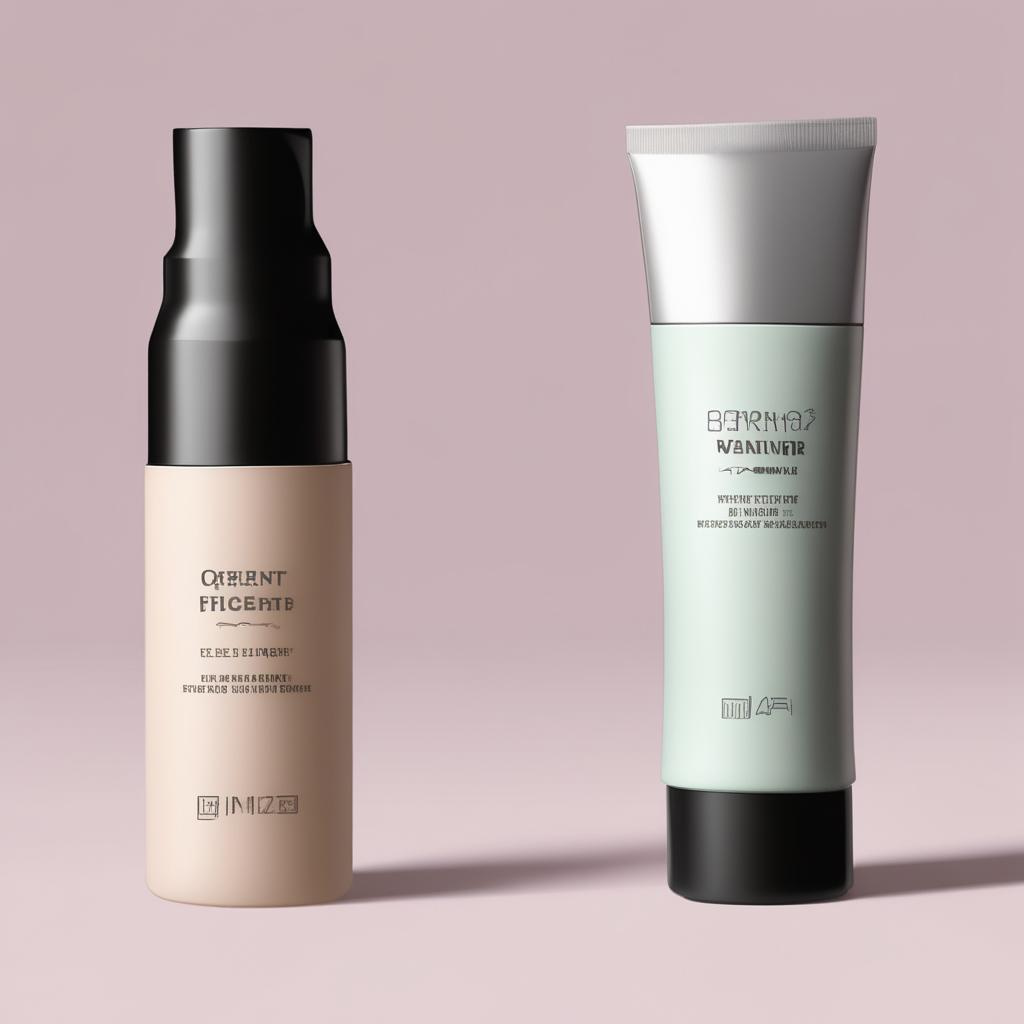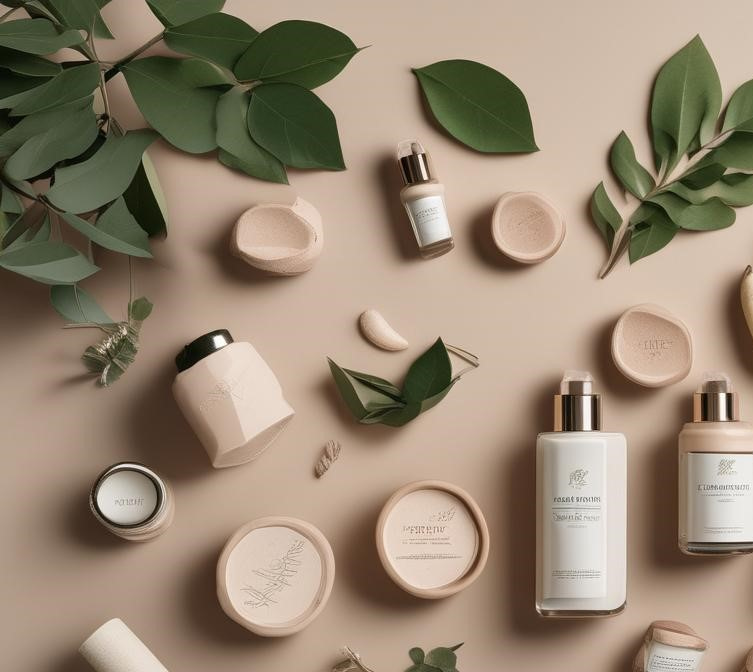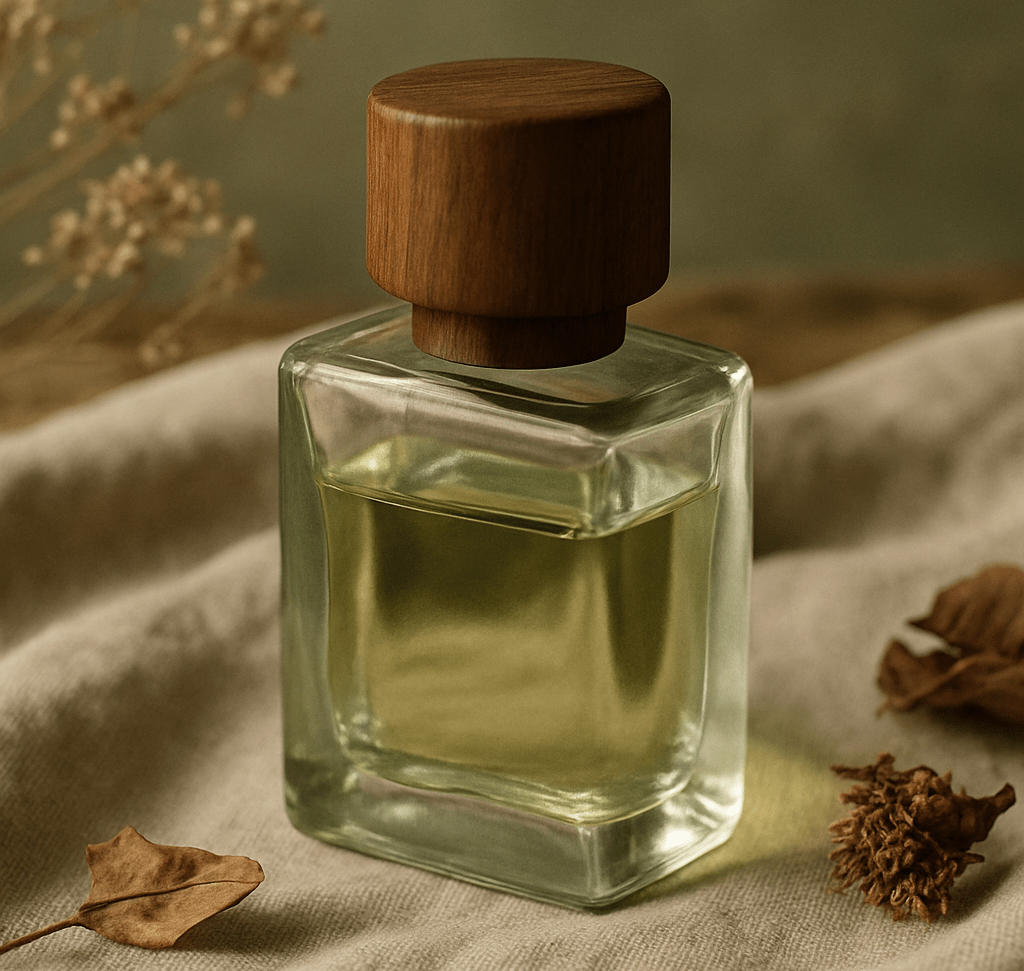The ultimate guide to choosing the best luxury packaging for your perfume brand
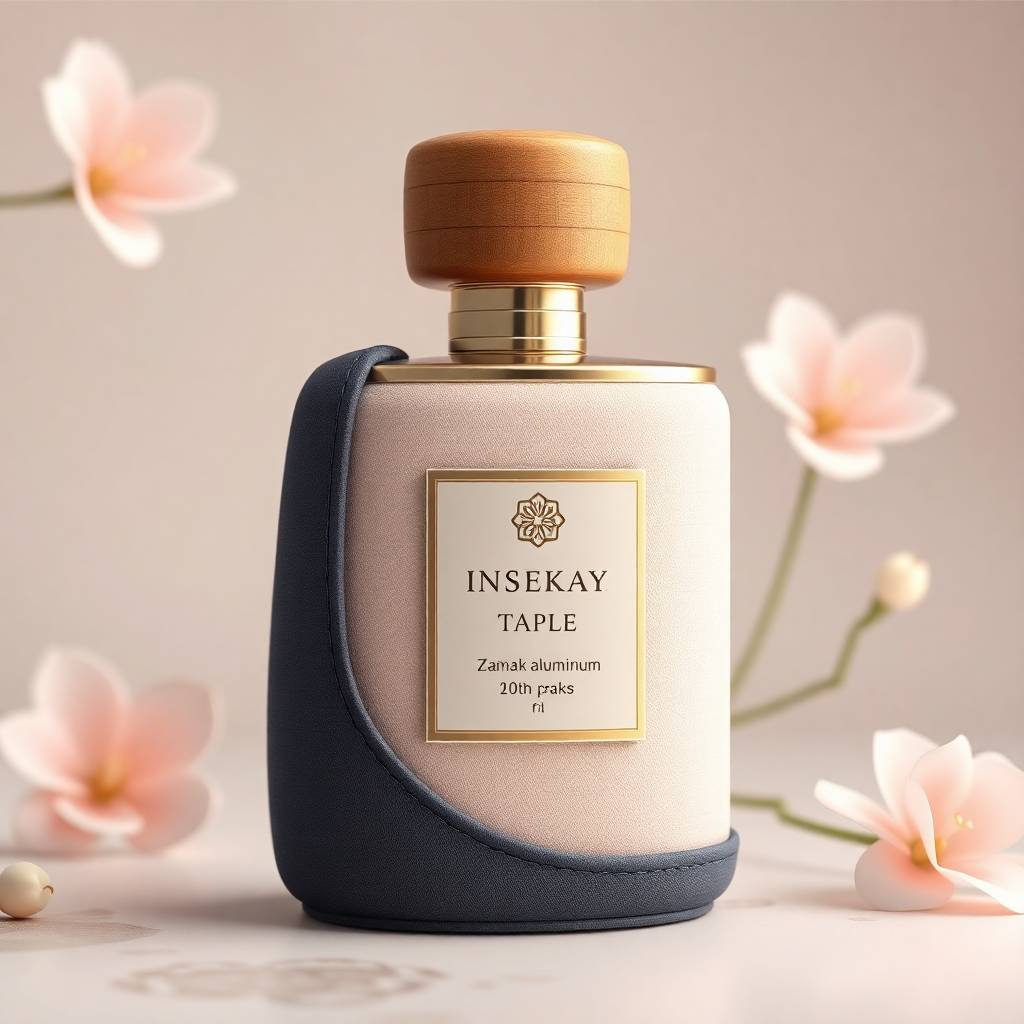
In the perfume industry, packaging not only serves to protect the product, but also acts as an extension of the brand's identity. A well-thought-out packaging design can attract consumers, convey the essence of the fragrance, and, most importantly, differentiate you from the competition. If you are looking to create luxury packaging for your perfume, this guide will help you choose the best options and understand the key factors to consider in the process.
1. Know your brand and target audience
Before choosing the right packaging, it is crucial to understand your brand's identity and who your product is aimed at.
• What values do you want to convey?
Luxury packaging should reflect the values and image of your brand. If your perfume is aimed at a young and modern clientele, a minimalist and contemporary design might be appropriate. For a classic luxury fragrance, you may want a more traditional and elegant design.
• What expectations does your target audience have?
Knowing the preferences of your target market is key. Does your customer value innovative and modern design, or do they prefer more traditional and sophisticated packaging? This approach will ensure that the packaging resonates with them.
2. Choose high-quality materials (zamak, aluminum, velvet, wood, and leather)
• What values do you want to convey?
Luxury packaging should reflect the values and image of your brand. If your perfume is aimed at a young and modern clientele, a minimalist and contemporary design might be appropriate. For a classic luxury fragrance, you may want a more traditional and elegant design.
• What expectations does your target audience have?
Knowing the preferences of your target market is key. Does your customer value innovative and modern design, or do they prefer more traditional and sophisticated packaging? This approach will ensure that the packaging resonates with them.
2. Choose high-quality materials (zamak, aluminum, velvet, wood, and leather)
The materials used to make luxury packaging are essential to convey exclusivity and quality. By working with premium materials such as zamak, aluminum, velvet, wood, and leather, your packaging can stand out in terms of aesthetics, durability, and elegance. Here's how these materials can make a difference in your perfume packaging design:
• Zamak: This material, an alloy of zinc, aluminum, magnesium, and copper, is perfect for creating high-quality details in luxury packaging. Its strength and durability make it ideal for pieces that must withstand constant use and the passage of time, such as bottle caps or decorative ornaments. In addition, its ability to be molded with precision allows you to create intricate designs that elevate the appearance of the perfume.
• Aluminum: Aluminum is an extremely versatile, lightweight material with a modern appearance. This metal can be used to create caps, labels, or details in the packaging, providing a sophisticated metallic finish. It can also be anodized to give it a unique finish, which provides excellent corrosion resistance and a luxurious aesthetic. Aluminum is ideal for brands looking for contemporary and elegant packaging.
• Velvet: Velvet is a material that brings a feeling of luxury and softness to the touch. Its rich texture and opulent appearance evoke a sense of luxury that can turn any accessory into a work of art. In addition, velvet has a unique ability to attract the attention of consumers due to its visually appealing appearance.
• Wood: The use of wood in luxury perfume packaging not only conveys a sense of exclusivity, but is also an ecological option if recycled or sustainable wood is used. The wood can be treated and polished to highlight the natural beauty of the material. This type of packaging provides a timeless aesthetic and an artisanal touch that is often appreciated by consumers of high-end products.
• Leather: Leather is synonymous with luxury and sophistication. Using genuine or synthetic leather in the packaging can transform a simple fragrance into an article of desire. In addition, the material ages over time, which gives a unique character to each piece. This durability and the fact that the skin becomes richer with use can be an excellent way to create an emotional connection with customers.
Why choose these materials
Each of these materials has unique characteristics that make them ideal for luxury packaging. By opting for zamak, aluminum, velvet, wood, and leather, your packaging will not only look impressive, but will also provide a sensory experience that will connect emotionally with consumers. These materials also offer exceptional durability, which ensures that the packaging remains impeccable over time, reflecting the quality of the fragrance it contains.
3. Style and design: The power of aesthetics
The design of the packaging is one of the most important elements when it comes to standing out in the perfume market. Some key factors include:
• Colors and typography: Colors play an essential role in the perception of luxury. Tones such as black, white, gold, silver or metallic tones are usually associated with exclusivity. The typography must also be sophisticated and clear, without sacrificing elegance.
• Minimalist vs. detailed design: A minimalist design, with clean and simple lines, can convey modernity and exclusivity. On the other hand, a detailed design with fine ornaments, such as engravings, embroidery or reliefs, can emphasize the craftsmanship and luxury of the product.
• Personalization: A unique touch, such as a personalized label or a unique design for each limited edition, can add additional value to your perfume, making your packaging feel even more special.
4. The functional and practical aspect of packaging
Although design and materials are essential, you cannot forget the functionality of the packaging. In the case of perfumes, the container must be comfortable to use and protect the fragrance.
• Ease of use: Make sure the bottle is easy to handle, with an efficient atomizer that provides the right amount of product.
• Perfume protection: The packaging must ensure that the perfume is kept in perfect condition. The fragrance must be protected from light and air, as these elements can alter the quality of the perfume.
• Appropriate size: The packaging must be appropriate to the size of the bottle, avoiding it from being excessively large or small, which could make the product look disproportionate or uncomfortable.
5. Sustainability in luxury packaging
Sustainability is an increasingly relevant issue in the luxury industry, and brands are responding to the demand of conscious consumers with respect to the environment.
• Ecological materials: Consider the use of recyclable, biodegradable or sustainable materials for the packaging of your perfume.
• Waste reduction: You can also opt for smaller or reusable packaging to reduce the carbon footprint.
• Ecological certifications: Including certifications such as "eco-friendly" or "sustainable" in the packaging can be an excellent way to communicate your commitment to sustainability.
6. The final touch: Packaging as a luxury experience
Luxury packaging should offer a complete experience. From the moment the consumer receives the product until the moment they open it, they should feel special. Some ideas to improve the unboxing experience include:
• Careful presentation: Consider the use of a presentation box that makes opening the product an exciting and memorable experience.
• Luxury details: Boxes lined in velvet or silk, or the inclusion of a small explanatory booklet about the perfume and its history, can add a personal and exclusive touch.
Choosing the best luxury packaging for your perfume brand is a crucial decision that goes beyond aesthetics. The packaging should reflect your brand identity, captivate your target audience, protect the product and provide a luxury experience that consumers remember.
By following this guide and taking these key factors into account, you can create packaging that is not only functional, but also tells a story and leaves a lasting impression on your customers.
If you are ready to take the next step and design exclusive packaging for your perfume brand, contact us!
Our team of experts is ready to help you create a packaging design that represents the essence of your brand and captivates your consumers.


